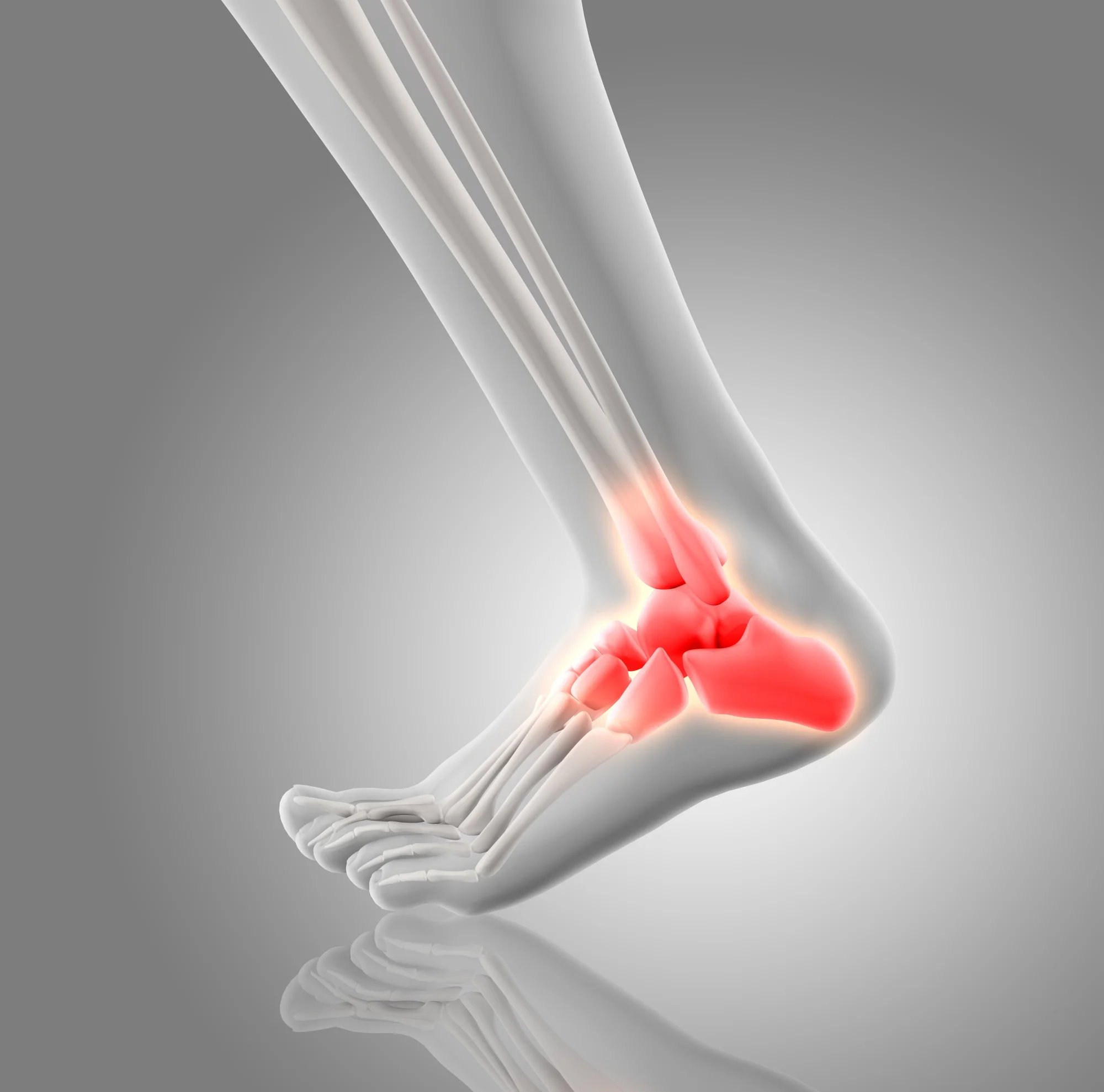Introduction
In the ever-evolving world of foot and ankle surgery, precision is paramount. Accurate identification of anatomical landmarks is critical for successful surgical intervention, particularly when addressing ligamentous structures. The calcaneofibular ligament (CFL), a key stabilizer in the lateral ankle, is often implicated in sprains and injuries. Its surgical repair or reconstruction necessitates identifying the correct anatomical footprint for optimal outcomes. Traditional palpation methods have been questioned for their reliability, with recent studies pointing to ultrasound as a superior modality for locating the calcaneal footprint of the CFL. This article delves into groundbreaking research published in The Journal of Foot and Ankle Surgery, which provides empirical evidence on the accuracy of cutaneous landmarks compared to ultrasound in this context.
The Quest for Precision in Ankle Surgery
In the intricate dance of bones, muscles, and ligaments that make up the human ankle, the CFL plays a starring role. When dancers stumble, so too can anyone, resulting in a sprained ankle that may involve the CFL. Precision in identifying the correct point to anchor a repaired ligament can mean the difference between a flawless performance post-surgery and a faltering step.
The study entitled “Accuracy of Cutaneous Landmarks Compared to Ultrasound to Locate the Calcaneal Footprint of the CFL” and published on January 12, 2024, by Beaudet Philippe P and colleagues, addresses this need for surgical precision (DOI: 10.1053/j.jfas.2024.01.004). Their work confronts the traditional techniques of locating the CFL’s footprint developed by Lopes et al. and Michels et al., measuring them against the ultrasonographic method in a meticulous examination.
Meticulous Methodology En Route to Discovery
The published work relays an investigation conducted on 17 healthy adult volunteers, totaling 34 feet, with a mean age of 26.3 and an average body mass index (BMI) of 21.7. Both senior and junior surgeons, with 15 and 3 years’ experience respectively, took part in the study. They employed the cutaneous techniques of Lopes and Michels, as well as ultrasound imaging, to locate the center of the calcaneal footprint of the CFL.
Emergent Results: Ultrasound Takes the Lead
The findings are striking. The point determined by Michels’ cutaneous technique lays merely 4.6 mm from the true center, while the Lopes methodology trails with a significant 11.1 mm deviation. The difference isn’t just in distance but also in consistency, as Michels’ method demonstrated less dispersion in its readings. Ultrasound, however, shines as the preferred approach for locating the CFL’s footprint, affirming the need for technological assistance in modern orthopedic procedures.
Implications for the Future of Ankle Surgery
This study’s implications reverberate through the corridors of orthopedic surgery. The enhanced accuracy of the Michels technique over that of Lopes presents surgeons with a more reliable cutaneous alternative when ultrasound is unavailable. Nonetheless, the crown jewel is ultrasound – a beacon guiding surgeons to the hallowed spot with an almost unerring light.
Advocacy for Enhanced Training and Practice Adoption
In light of these findings, the onus now rests on surgical training and institutions to integrate ultrasound techniques more robustly into everyday practice. Surgeons need to be adept at ultrasonography to fully exploit its advantages, underscoring the need for comprehensive education and training.
The Technological Vanguard in Medicine
As the health sector continues to march towards an increasingly technological future, this research emblemizes the transition. The integration of ultrasound into routine procedures foreshadows a broader acceptance of sophisticated tools to elevate patient outcomes.
Research Limitations and Roads Untraveled
Every study has its confines, and this one is no exception. The authors recruited volunteers devoid of any ankle pathologies, which points to a potential limitation: how will these results translate to a clinical population with ankle anomalies or post-surgical status? Future research beckons, inviting exploration into these questions and beyond—perhaps into how these methods perform intraoperatively or how they impact long-term patient outcomes.
Conclusion
The article, “Accuracy of Cutaneous Landmarks Compared to Ultrasound to Locate the Calcaneal Footprint of the CFL,” orchestrates a symphony of empirical evidence, advocating for a refined approach to ankle surgery. The researchers’ diligence charts a course for enhanced precision, fostering a trajectory that could revolutionize the landscape of orthopedic surgery practices globally.
In the story of foot and ankle surgery, ultrasound emerges not just as a character but as the protagonist, directing surgeons with greater certainty toward successful CFL procedures and, consequently, towards improved patient lives. As this chorus of evidence raises its crescendo, it resounds a clear note: the future of precision in ankle surgery is here.
References
1. Beaudet Philippe P et al. (2024). Accuracy of Cutaneous Landmarks Compared to Ultrasound to Locate the Calcaneal Footprint of
the CFL. J Foot Ankle Surg. DOI: 10.1053/j.jfas.2024.01.004.
2. Lopes, et al. (Previous study reference on cutaneous technique for locating the CFL footprint).
3. Michels, et al. (Previous study reference on alternative cutaneous technique for locating the CFL footprint).
4. Fundamentals of Ultrasound in Orthopedics (Relevant literature or textbook reference on ultrasound use in orthopedic surgery).
5. American College of Foot and Ankle Surgeons’ Official Publication (Reference for further reading on foot and ankle surgery best practices
and standards).
Keywords
1. Calcaneal footprint ultrasound
2. CFL landmark identification
3. Ankle ligament surgery
4. Cutaneous landmarks accuracy
5. Orthopedic ultrasound imaging
